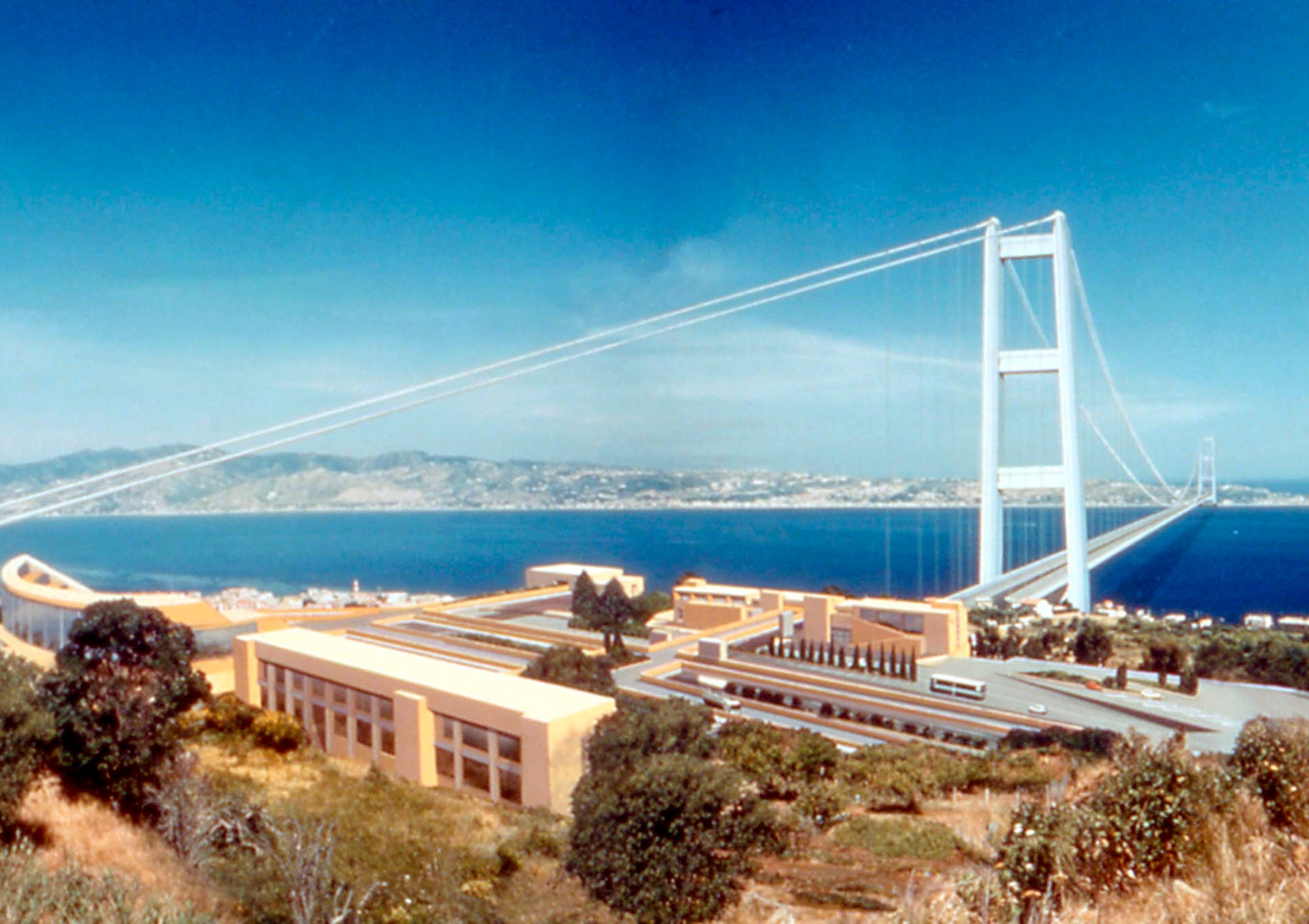Italy has given final approval to a long-delayed plan to construct the world’s longest suspension bridge, connecting the mainland to Sicily in a project worth €13.5bn ($15.5bn).
Transport Minister Matteo Salvini hailed the Strait of Messina Bridge as “the biggest infrastructure project in the West” after a key government committee cleared the path on Wednesday. He said the project would generate 120, 000 jobs annually and revitalise southern Italy through wider investment in infrastructure.
Preliminary work could begin as early as October, pending a green light from Italy’s court of audit, with construction expected to start in 2026. Salvini estimated the bridge could be completed by 2033.
With a span of 3.3km, the bridge would surpass Turkey’s Canakkale Bridge and carry six lanes of traffic and two railway lines, cutting the current 100-minute ferry crossing to just 10 minutes by car.
Prime Minister Giorgia Meloni said the bridge would become “an engineering symbol of global significance”.
The project, first proposed in 1969, has stalled repeatedly due to environmental objections, mafia fears and seismic risks. The design is inspired by Turkiye’s Canakkale structure, featuring a wing-shaped deck meant to improve stability in high winds.
Defence or development?
Rome says the bridge could help it meet NATO’s defence spending goals by classifying it as “dual-use” infrastructure, a designation that has caused controversy.
More than 600 academics warned that such a move would require further military safety assessments and could make the bridge a potential target.
Salvini said it was up to the defence and economy ministries to decide, but insisted “keeping organised crime out of the project is the top priority”.
Environmental groups, meanwhile, have raised complaints with the European Union, warning of potential disruption to migratory birds and a lack of proof that the project meets public interest thresholds.
The bridge contract was awarded to Webuild, the same firm that won the initial bid in 2006 before the plan was cancelled. The company says its design will withstand earthquakes, pointing to similar bridges in Japan and California.
Source: Aljazeera

Leave a Reply